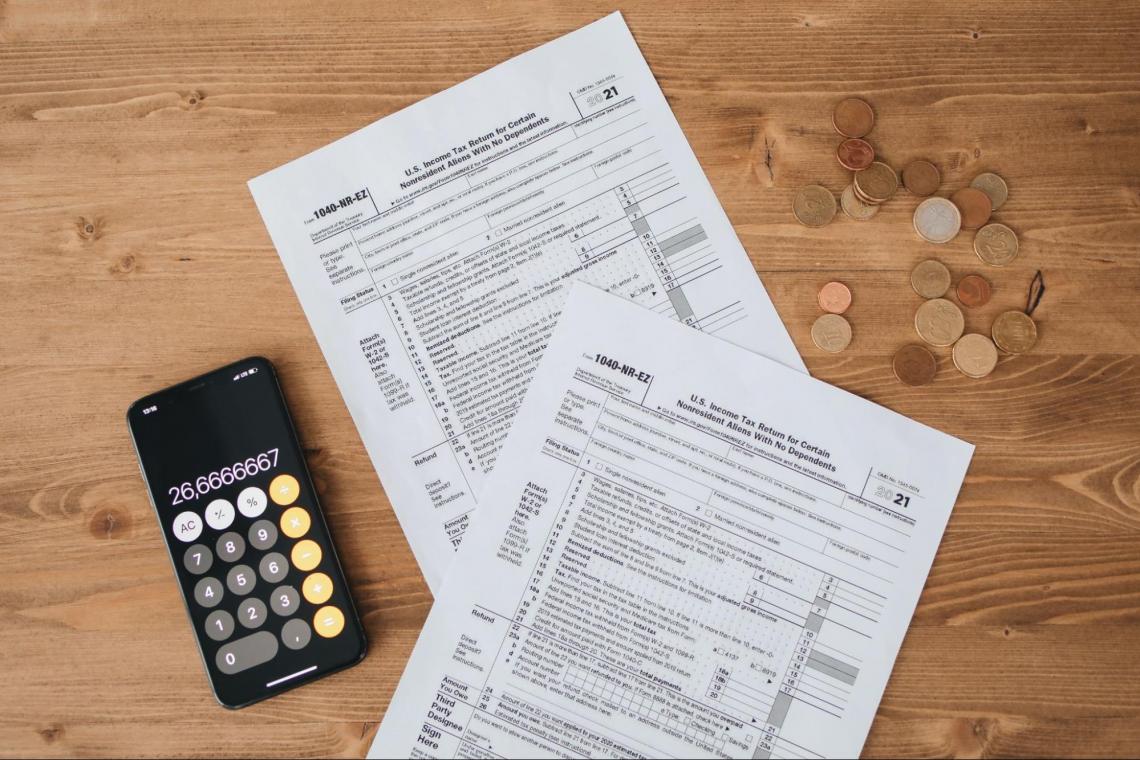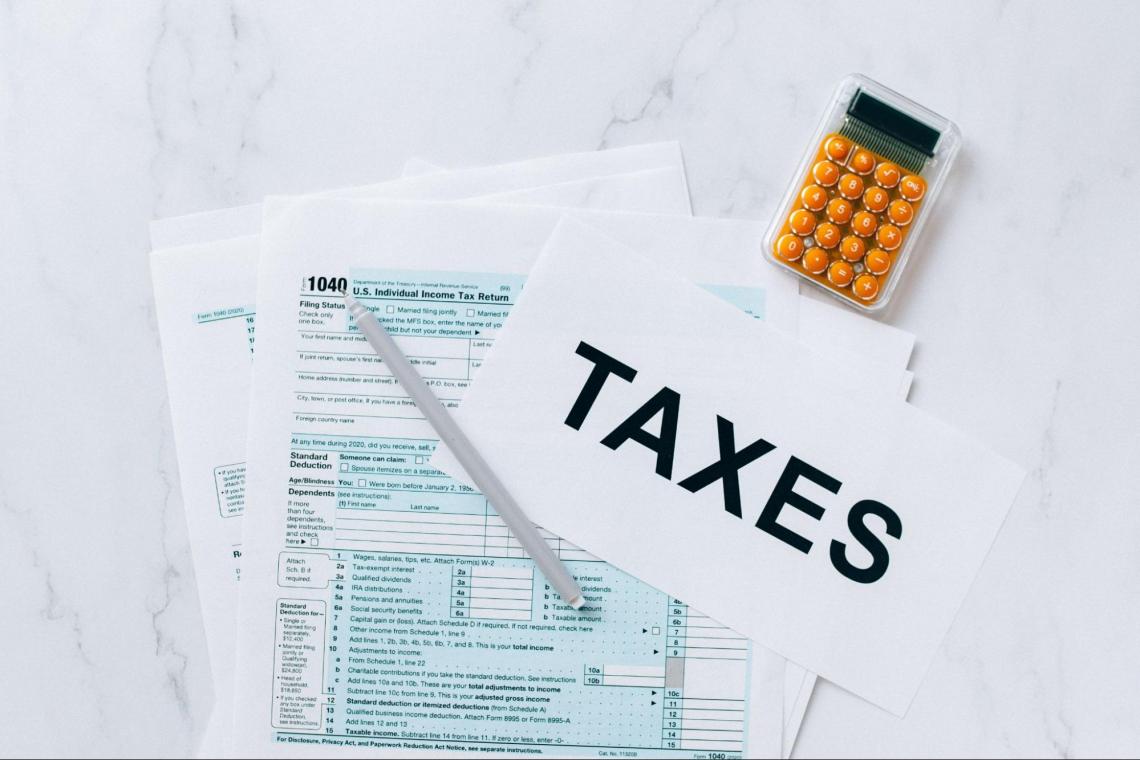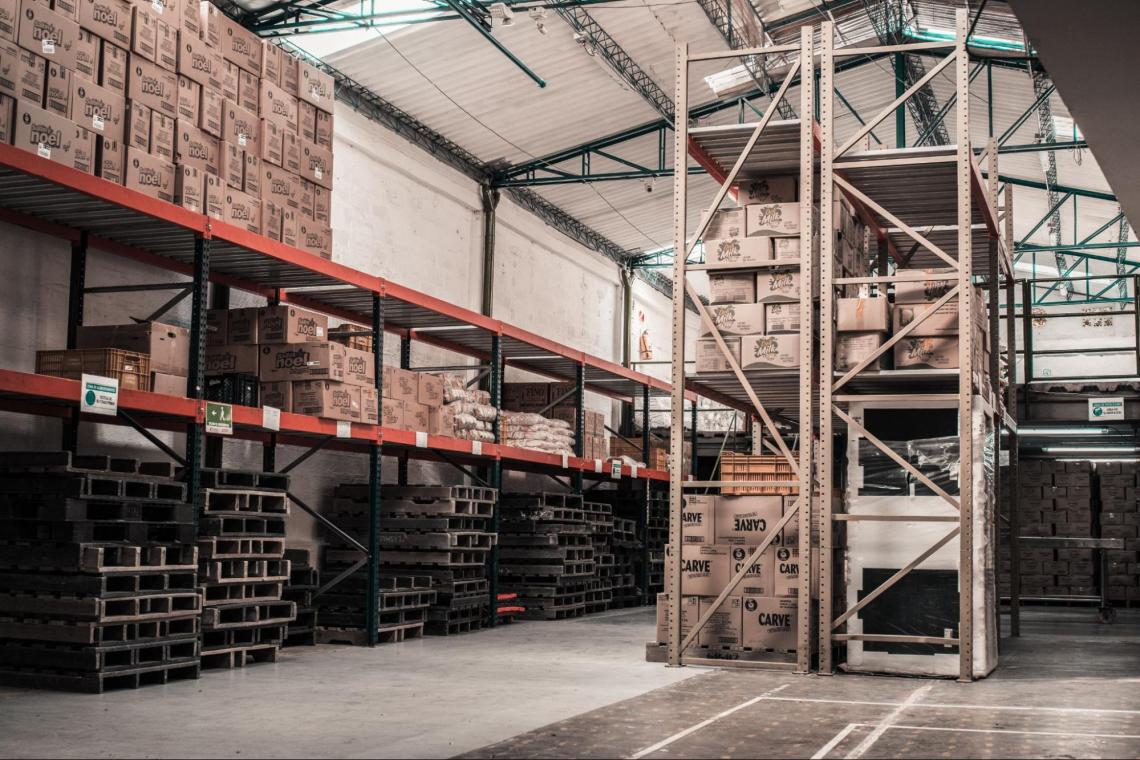Import Duty
Amount of tax imposed by the central government on imported goods from abroad/ other foreign countries.
Import Duty is the amount of tax imposed by the central government on imported goods from abroad/ other foreign countries.

These taxes are a source of revenue income for the government. The value of the tax is determined by several factors such as quality, quantity, value, size, and origin.
An increase in prices of goods after imposing taxes on them makes these products costlier than domestic products. So buyers are encouraged to purchase domestic products, which further helps national producers from international competition.
Import duty helps to control the flow of certain items, and it also helps to raise the revenue of the government through taxes. It is also known as a customs duty, tariff, import tariff, etc.
Duties and taxes levied for international trade are legal requirements and must be settled before any export or import of goods. End consumers generally bear them, or in some cases, they are split between seller and consumer.
Calculating Import duties
Import duty is calculated by taking several factors into consideration which are as follows:
First, you have to determine the declared value of your good/service, i.e., the value of a good or a commodity in terms of the dollar that will be presented to customs for verification.

There can be three possible scenarios:
1. When the declared value of goods < relevant threshold
In this case, merchants don’t require anything to pay customs as import duty. It is also knowns as minimal value, a valuation ceiling, or threshold.
2. When the declared value of goods > relevant threshold
In this case, merchants must pay import duty while importing the goods.
3. When the actual declared value of goods > value declared by merchants
Merchants have to pay adjusted declared value, or in some cases, fines and penalties are also charged.
The value of import duty is calculated by considering several factors:
- Value of goods: The market value of goods.
- Free trade agreements: Agreements between two countries that reduce tariffs and import duties.
- The final use of goods: Can be used for commercial or personal consumption.
- Description: Size, quantity, and types of material used in a specific good.
- Origin: Place where goods have been made or created.
- Any other regulation concerning a specific country: Different countries have different tax rates and restrictions for global trade.
Example
Import duty is borne by the country importing goods/services from a foreign country. When the goods reach the border, the producer, receiver, owner, or broker must pay customs duty and proper file documents.

It is important to learn and understand the process of custom duty and how taxes are levied as it will help better estimate rates, and goods are also priced accordingly after considering rates and taxes.
E-commerce market custom websites can also calculate customs duties and taxes. Some of the standard websites of popular countries are as follows:
United States Of America: https://www.cbp.gov/trade/programs-administration/determining-duty-rates#
Australia: https://www.homeaffairs.gov.au/trav/impo/clea
United Kingdom: https://www.gov.uk/trade-tariff
Canada: https://www.cbsa-asfc.gc.ca/trade-commerce/tariff-tarif/2018/html/tblmod-eng.html
Singapore: https://www.customs.gov.sg/businesses/valuation-duties-taxes--fees/duties-and-dutiable-goods
Though these websites easily calculate rates, classifying goods for determining their duty rate is a hectic and time-consuming task. It takes years to learn how to classify goods and requires experience and vast knowledge.
What are Free trade agreements?
It is an agreement between two or more countries in which they mutually agree to reduce several taxes, import duties, and other barriers to importing and exporting goods between them.
The country agrees on a specific obligation that affects the trade of goods and services for the protection of investors. It helps in predictable and transparent trading between countries entering global trade.

It is done to create healthy relations among countries and amplify the number of imports and exports between them.
One of the common examples of a Trade Agreement is UMSCA- the United States, Mexico, and Canada agreement, formerly known as NAFTA - the North American Free Trade Agreement.
The main objective of the UMSCA is to protect the interests of domestic producers from international trade and reduce several taxes and barriers to U.S. exports.
It helps U.S. companies easily export their goods and services to other countries.
Currently, the U.S. has 14 FTA with 20 countries. FTA can easily help to enter global markets with fewer restrictions and reduced tariffs.
Free trade is quite the opposite to trade protectionism.
The government takes no action to promote free trade. This non-interventionist policy was referred to as laissez-faire trade or trade liberalization.
Laissez - faire: It is an economic theory developed by economic physiocrats during the 18th century. It is based on the philosophy of free market capitalism that opposes the intervention of the government sector.
Understanding import duties for E-commerce
Import Duty has a vital role in e-commerce due to its expansion and growing trend in the global market.

Understanding custom duty helps determine the shipping prices and delivery time, which allows them to expand and start new projects in global markets.
It's crucial to think about how taxes can affect online business. When it comes to putting up import tariffs and taxes, countries are now considering online enterprises.
The pricing structure is determined by the amount of tax paid as import duty.
Understanding duties helps traders to be transparent in terms of fees with their customers. It also helps to grow customer relationships and increase the company's brand value.
FAQs
- To help domestic producers from international competition
- To control the flow of goods and services
- To raise the government revenues through taxes
It is a taxed percentage of an item that is imposed on goods and services to make them costlier so it will be less preferred by domestic consumers.
It is the process by which companies and organizations enter the international market to import and export goods and services for mutual benefit. It promotes free trade in global markets across different countries.
Import duty is generally paid by the owner of the consignment or the appointed broker. It is charged when the goods are shipped to the border of a foreign country.
All the documents are cross-checked, and relevant forms along with import charges are deposited at the port.
As per the data published by the World Bank, Singapore, Hong Kong, and Switzerland are some examples of countries that impose no tariffs on imported goods and services.
When the domestic country (importer) purchases goods and services from a foreign country, the taxes and duties charged by the government of the domestic country are known as import duties or duties on imports.
On the other hand, when a domestic country sells goods and services to a foreign country, the duty paid, in this case, is known as export duty.




or Want to Sign up with your social account?